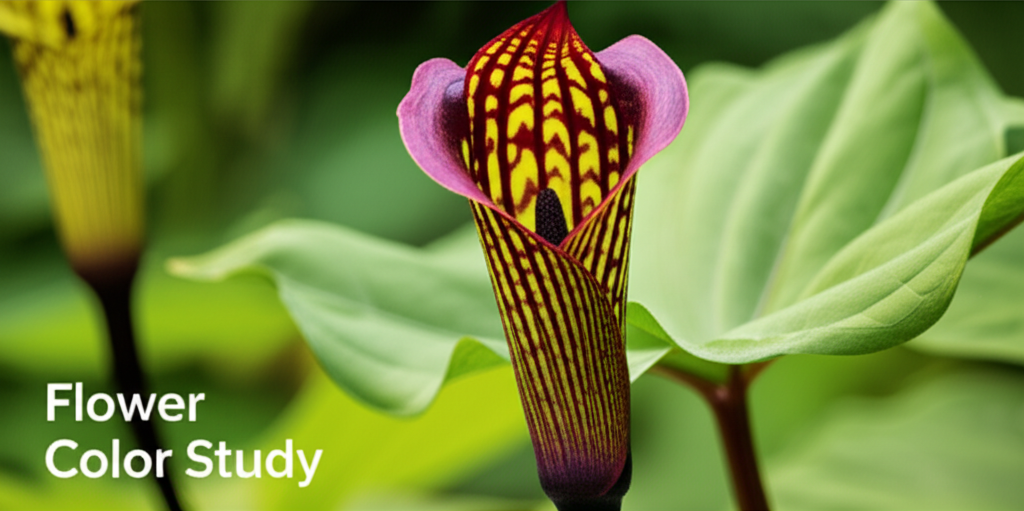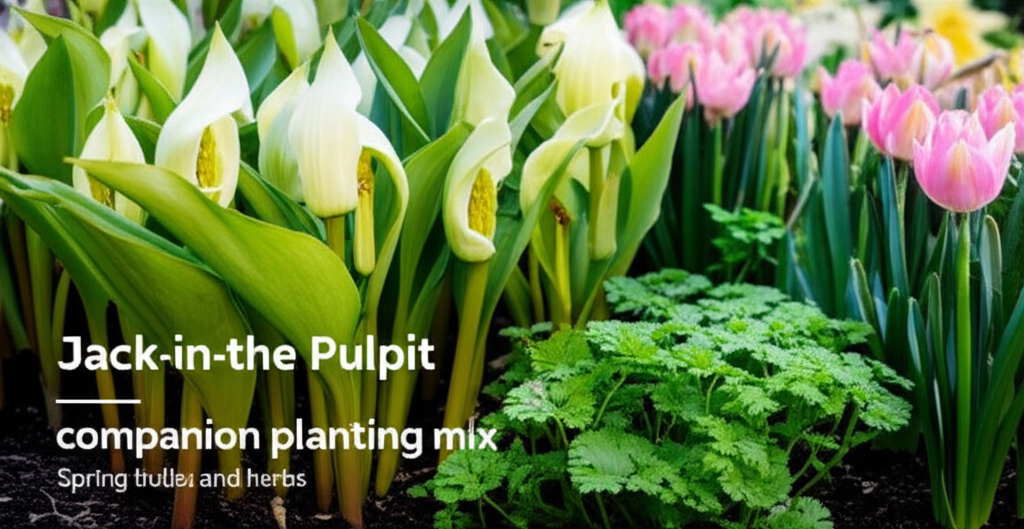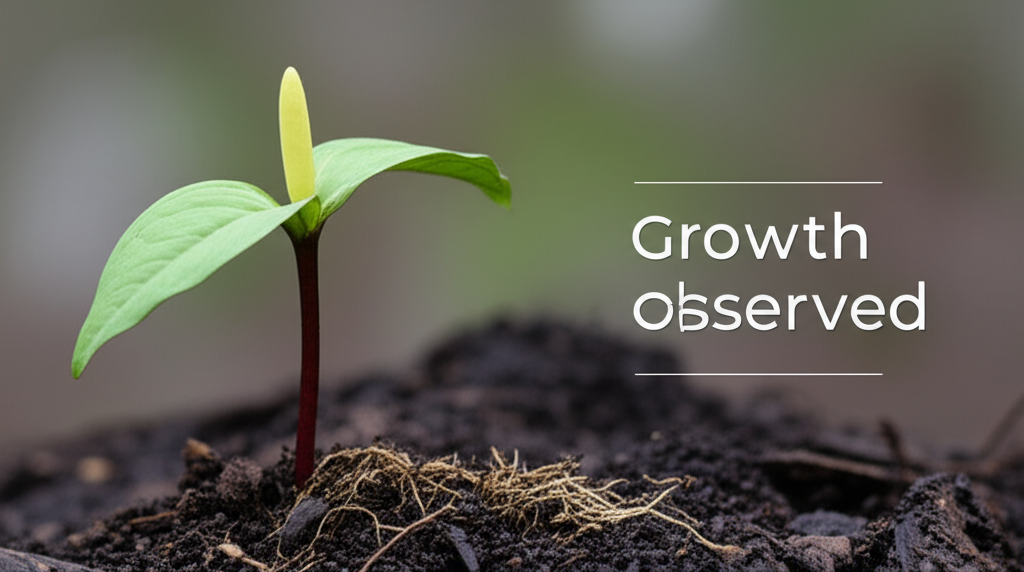Blue Star Juniper in Rock Gardens: Stunning & Easy
Are you dreaming of a rock garden that bursts with vibrant color and offers year-round visual appeal, all while being incredibly low-maintenance? Perhaps you’ve spotted that distinctive, frosty blue foliage and wondered if it would be the perfect addition to your rocky landscape. This post is your definitive guide to unlocking the stunning potential of blue star juniper in rock gardens, transforming your outdoor space into a captivating and effortlessly managed haven. Understanding how to best utilize this resilient plant can elevate your garden’s aesthetic and significantly reduce your workload, making it a win-win for both beauty and practicality.
Can Blue Star Juniper Thrive in Rock Gardens?
Yes, blue star juniper can thrive in rock gardens. In fact, it’s an exceptionally well-suited plant for this environment due to its drought tolerance, love for well-draining soil, and compact growth habit. Its ability to withstand challenging conditions often found in rocky terrains makes it an ideal candidate for creating visually striking and resilient rock garden designs.
—
What is Blue Star Juniper and Why It’s Important in Gardening
Blue star juniper ( Juniperus squamata ‘Blue Star’) is a popular dwarf evergreen shrub renowned for its intense, silvery-blue needle-like foliage. It typically grows in a dense, mounding habit, reaching a mature size of about 2-3 feet tall and 3-4 feet wide. Its distinctive color and compact form make it a valuable asset in a variety of garden settings, especially rock gardens where its unique hue can contrast beautifully with the natural tones of stone.
The importance of blue star juniper in gardening, particularly in rock gardens, stems from several key factors:
Aesthetic Appeal: Its striking blue color provides a cool-toned contrast to the earthy browns, grays, and reds of rocks, creating a visually appealing focal point. It offers year-round color, ensuring interest even during the dormant seasons.
Drought Tolerance: Once established, blue star juniper is highly drought-tolerant, making it perfect for rock gardens where soil moisture can be inconsistent and often dries out quickly. This reduces the need for frequent watering, contributing to water conservation efforts.
Low Maintenance: It requires minimal pruning and is generally pest and disease resistant, making it an excellent choice for gardeners seeking low-effort yet high-impact landscaping.
Soil Adaptability: While it prefers well-draining soil, it can tolerate a range of soil types, which is beneficial in the often-varied soil conditions found within rock garden compositions.
Compact Growth: Its slow, compact growth habit prevents it from overwhelming other elements in a rock garden, allowing for a balanced and harmonious design.
Quick Recommendations or Key Insights about Blue Star Juniper in Rock Gardens
Sun is Key: Blue star juniper needs at least 6-8 hours of direct sunlight daily to maintain its vibrant blue color and compact form.
Drainage is Paramount: Absolutely crucial for preventing root rot. Ensure your rock garden soil drains exceptionally well.
Think Contrasts: Pair its blue foliage with plants that offer contrasting colors (e.g., deep greens, reds, purples) and textures.
Mulch Wisely: Use gravel or small stones as mulch around the base to help retain moisture, suppress weeds, and complement the rock garden aesthetic.
Watering Strategy: Water deeply but infrequently once established, allowing the soil to dry out between waterings.
Avoid Overcrowding: Give it space to grow; its mature width is important to consider in your design.
—
Detailed Breakdown of Blue Star Juniper in Rock Gardens
What is Blue Star Juniper and Why It’s Important in Gardening (Expanded)
The blue star juniper, scientifically known as Juniperus squamata ‘Blue Star’, is a cultivar of the flaked juniper, native to the Himalayan region. This particular cultivar was selected for its distinctive, star-shaped, silvery-blue foliage and its compact, naturally rounded, shrubby form. Unlike some more aggressive junipers, ‘Blue Star’ remains relatively small, making it an ideal choice for the confined spaces and delicate aesthetic often associated with rock gardens.
Its importance in rock garden design cannot be overstated. Rock gardens, by their very nature, often mimic alpine or mountainous environments where plants must contend with sharp drainage, intense sunlight, and limited soil depth. Blue star juniper perfectly embodies the resilience required for such settings. Its silvery-blue color provides a cool, almost ethereal contrast to the rough, natural textures of rocks, creating a dynamic visual interplay. Furthermore, its evergreen nature means it offers a consistent splash of color and structure throughout the year, serving as a steadfast anchor in a landscape that might otherwise appear stark or barren during winter months. The plant’s ability to thrive with minimal intervention also aligns with the sustainable gardening ethos, promoting water conservation and reducing the need for chemical treatments.
Detailed Breakdown: Blue Star Juniper in Rock Gardens
Let’s delve deeper into the specific aspects that make blue star juniper a stellar choice for rock gardens.
1. Scientific Perspective: Botany and Plant Biology
Conifer Characteristics: Blue star juniper is a conifer, meaning it bears cones rather than flowers and fruits. The “needles” are actually scale-like leaves, closely pressed to the stems, which contribute to its dense appearance. These leaves are coated with a waxy cuticle, which helps reduce water loss, a key adaptation for drought tolerance.
Dwarf Cultivar: ‘Blue Star’ is a dwarf cultivar, meaning it has a significantly reduced growth rate and ultimate size compared to its wild parent species. This genetic trait is crucial for its suitability in rock gardens, where plants need to remain in proportion to the surrounding stones and other smaller plants.
Root System: Junipers typically develop a fibrous, spreading root system that is excellent at anchoring the plant, even in shallow or rocky soils. This also aids in efficient water uptake from the upper soil layers.
Sunlight and Photosynthesis: The intense blue color is due to pigments called anthocyanins, which can protect the foliage from harsh sunlight and cold. However, the plant still requires ample sunlight for photosynthesis to produce the energy needed for growth and to maintain its vibrant coloration. Insufficient light can lead to a duller, greener hue.
Adaptation to Poor Soils: Junipers are generally adapted to nutrient-poor soils, which is common in rocky environments. They have efficient nutrient uptake mechanisms and can tolerate a wider range of soil pH than many other plants.
2. Practical Applications in the Garden
Incorporating blue star juniper into your rock garden is straightforward and offers immediate visual rewards.
Focal Point: Its striking color and dense form make it an excellent choice for a focal point. Plant it centrally in a small rock garden bed, or on a prominent ledge.
Mass Planting: For a more dramatic effect, a grouping of three or five blue star junipers can create a powerful statement, mimicking natural clusters found in rocky outcrops.
Contrast with Rocks: Place it adjacent to rocks of contrasting colors (e.g., dark grey, reddish-brown) to make its blue hue pop.
Underplanting: Its low, mounding habit makes it suitable for planting at the base of taller rocks or as a groundcover element in larger rock garden designs.
Companion Planting: Pair it with other drought-tolerant, sun-loving plants that have different textures and colors. Consider plants like sedums, sempervivums (hens and chicks), creeping thyme, or ornamental grasses with red or bronze foliage.
3. Common Mistakes to Avoid
Even with its resilience, there are common pitfalls to sidestep when planting blue star juniper in rock gardens:
Overwatering: This is the most common killer of junipers. Rock garden soil is designed for quick drainage, but if you water too frequently, the roots will sit in moisture and rot.
Insufficient Sunlight: Planting in a shaded spot will result in a less vibrant blue color, a more open and leggy growth habit, and overall poorer health.
Poor Drainage: While it tolerates various soils, absolute lack of drainage is fatal. If your rock garden soil retains water like a sponge, amend it heavily with grit, gravel, or coarse sand.
Planting Too Deeply: Ensure the top of the root ball is level with or slightly above the surrounding soil surface to promote good drainage around the crown.
Overcrowding: Failing to account for its mature width (3-4 feet) can lead to plants becoming leggy as they stretch for light and potentially crowding out smaller companions.
Fertilizing Too Much: Junipers generally do not require heavy fertilization. Over-fertilizing can lead to weak, floppy growth that is more susceptible to pests and diseases.
4. Expert Tips or Pro Insights
The “Dry Shade” Myth Debunked: While drought-tolerant, junipers absolutely require sun. They are not a good choice for shady rock gardens, even if the soil is dry.
Pre-Transplant Acclimation: For the best results, gently loosen the root ball before planting. If the roots are tightly circling, make a few vertical cuts to encourage outward growth.
Gravel Mulch Advantage: Using a top dressing of gravel or small stones around the base of your blue star juniper serves multiple purposes. It helps retain soil moisture, suppresses weeds, keeps the foliage off potentially damp soil, and visually integrates the plant with the rocky environment.
Pruning for Shape: While minimal pruning is needed, you can lightly shape blue star juniper in early spring before new growth begins. Focus on removing any dead, damaged, or crossing branches. Avoid cutting into old wood where there are no needles, as it may not regrow.
Pest Patrol: Keep an eye out for common juniper pests like spider mites or bagworms. Early detection and treatment with insecticidal soap or horticultural oil can prevent significant damage. Healthy plants are less susceptible.
5. Seasonal or Climate Considerations
Spring Planting: The ideal time to plant blue star juniper in most climates is in early to mid-spring, after the danger of frost has passed but before the heat of summer sets in. This allows the plant to establish its root system during the cooler, wetter months.
Summer Care: During the first summer, provide supplemental watering during prolonged dry spells, especially if your rock garden is in a very hot, exposed location.
Fall and Winter: Blue star juniper is exceptionally hardy and will retain its foliage and color throughout the winter. In colder climates (USDA Zones 4-5), young plants might benefit from a light mulch covering or burlap wrap to protect against harsh winter winds and sunscald, especially if planted in an exposed, south-facing rock garden.
Climate Suitability: Blue star juniper is generally hardy in USDA Zones 4 through 9. In warmer climates (Zone 9), ensure it has excellent drainage and is planted where it receives some afternoon shade to prevent scorching. In very hot, humid climates, it may be less vigorous.
6. Buying Guide or Decision-Making Process
When selecting a blue star juniper for your rock garden, consider these factors:
Plant Health: Look for a plant with a dense, well-formed shape and vibrant blue-green foliage. Avoid plants with yellowing or browning needles, or signs of pests.
Root System: Gently lift the plant from its container (if possible) to check the roots. They should be firm, white to light tan, and not excessively circling the pot.
Size: Consider the mature size of the plant and how it will fit into your rock garden design. Smaller specimens are often more adaptable to immediate placement, while larger ones offer a quicker impact.
Source: Purchase from reputable nurseries or garden centers that specialize in quality plants. This increases your chances of getting a healthy, true-to-type specimen.
Container Size: A plant in a 1-gallon or 3-gallon container is typically a good size for most rock garden applications.
—
FAQ Section for Blue Star Juniper in Rock Gardens
Q: How often should I water a blue star juniper in a rock garden?
A: Once established, water deeply but infrequently. Allow the soil to dry out completely between waterings. For the first year, check the soil moisture weekly and water if the top few inches feel dry, especially during hot, dry periods.
Q: Can blue star juniper tolerate full sun?
A: Yes, blue star juniper thrives in full sun (6-8+ hours per day). Full sun is essential for maintaining its vibrant blue color and compact growth habit.
Q: What kind of soil is best for blue star juniper in a rock garden?
A: The most critical factor is excellent drainage. Sandy loam or gritty soil is ideal. If your native soil is heavy clay, amend it with coarse sand, gravel, or perlite to ensure water can drain away quickly.
Q: Will blue star juniper spread too much in my rock garden?
A: ‘Blue Star’ is a slow-growing, dwarf variety. It typically reaches a width of 3-4 feet over many years. While it will spread, its growth is generally manageable and well-suited for rock garden proportions, unlike some other juniper varieties.
Q: Can I prune blue star juniper to keep it smaller?
A: Yes, you can lightly prune blue star juniper to maintain its shape or control its size. The best time to prune is in early spring before new growth emerges. Avoid cutting into old wood without foliage, as it may not regrow.
* Q: Does blue star juniper need fertilizer?
A: Blue star juniper generally does not require fertilization, especially in a rock garden where soil nutrients might be limited but drainage is prioritized. If growth seems very poor after several years, a light application of a balanced, slow-release fertilizer in early spring can be beneficial, but avoid over-fertilizing.
—
Conclusion
In conclusion, the blue star juniper in rock gardens is not just a possibility; it’s a masterful combination that brings enduring beauty, resilience, and low-maintenance charm to your landscape. Its striking blue needles, compact form, and remarkable drought tolerance make it an almost perfect plant for the unique conditions of a rock garden. By ensuring excellent drainage, providing ample sunlight, and resisting the urge to overwater, you can cultivate a stunning display that captivates throughout the year. Embrace the simplicity and elegance that blue star juniper offers, and watch your rock garden transform into a vibrant, textured masterpiece. Start planning your rock garden design today and plant with confidence, knowing you’ve chosen a star performer for your stony sanctuary.


